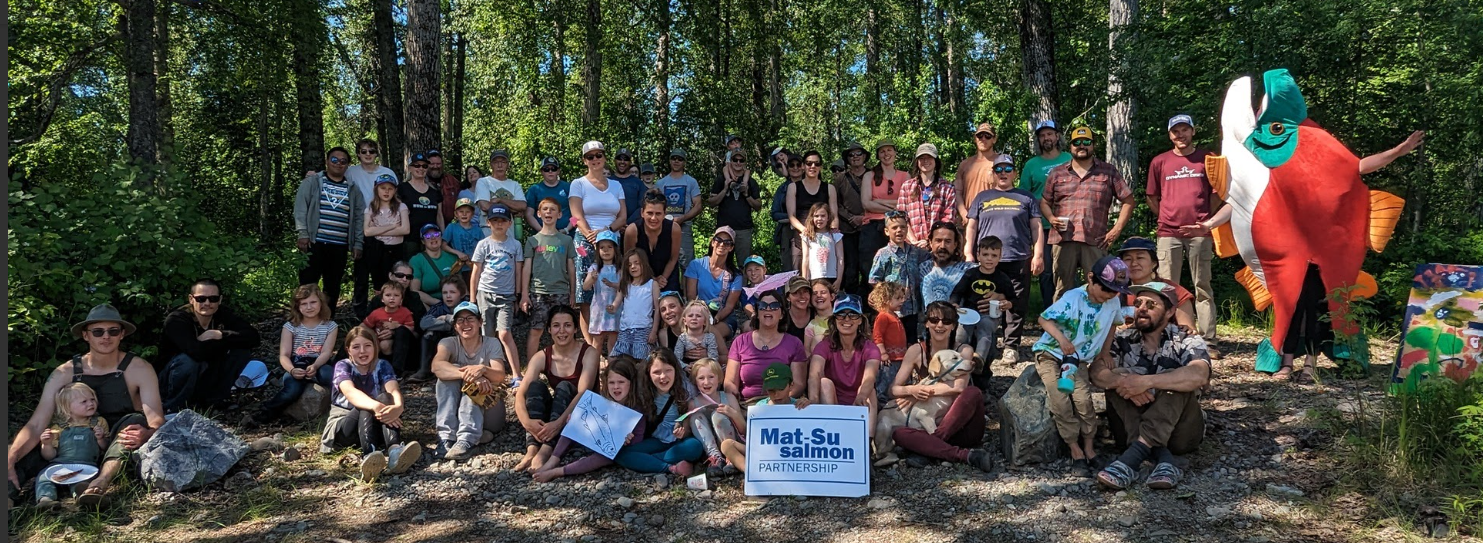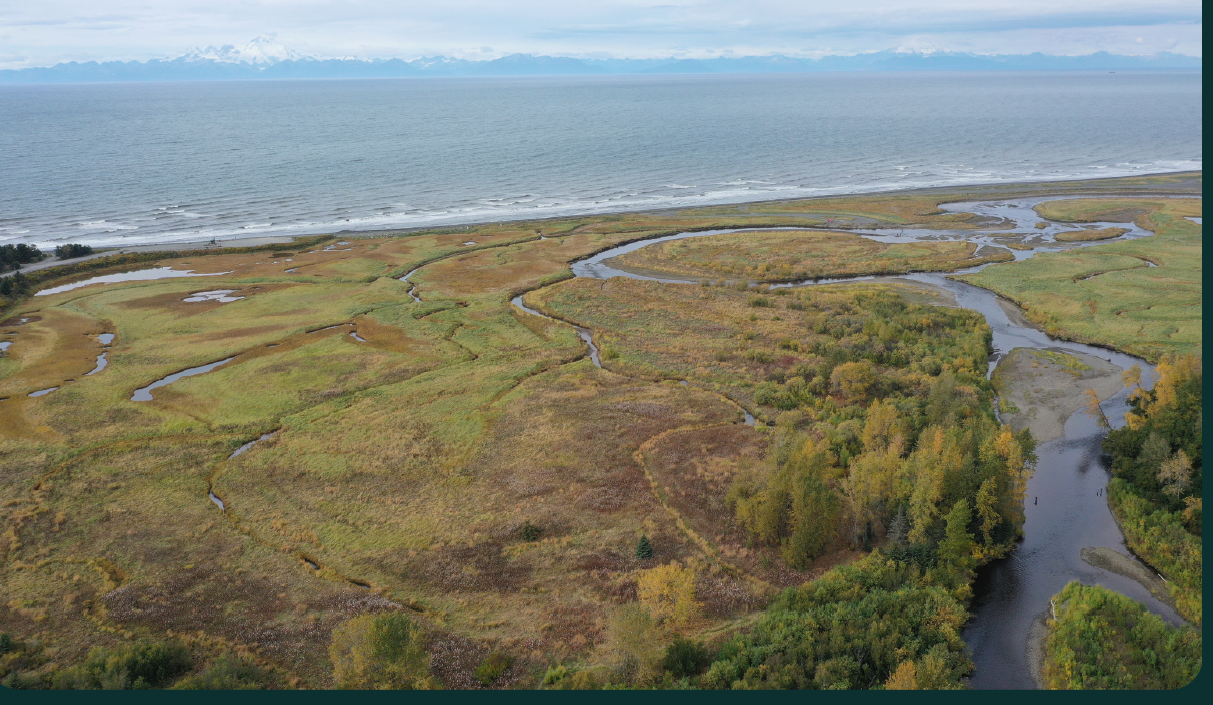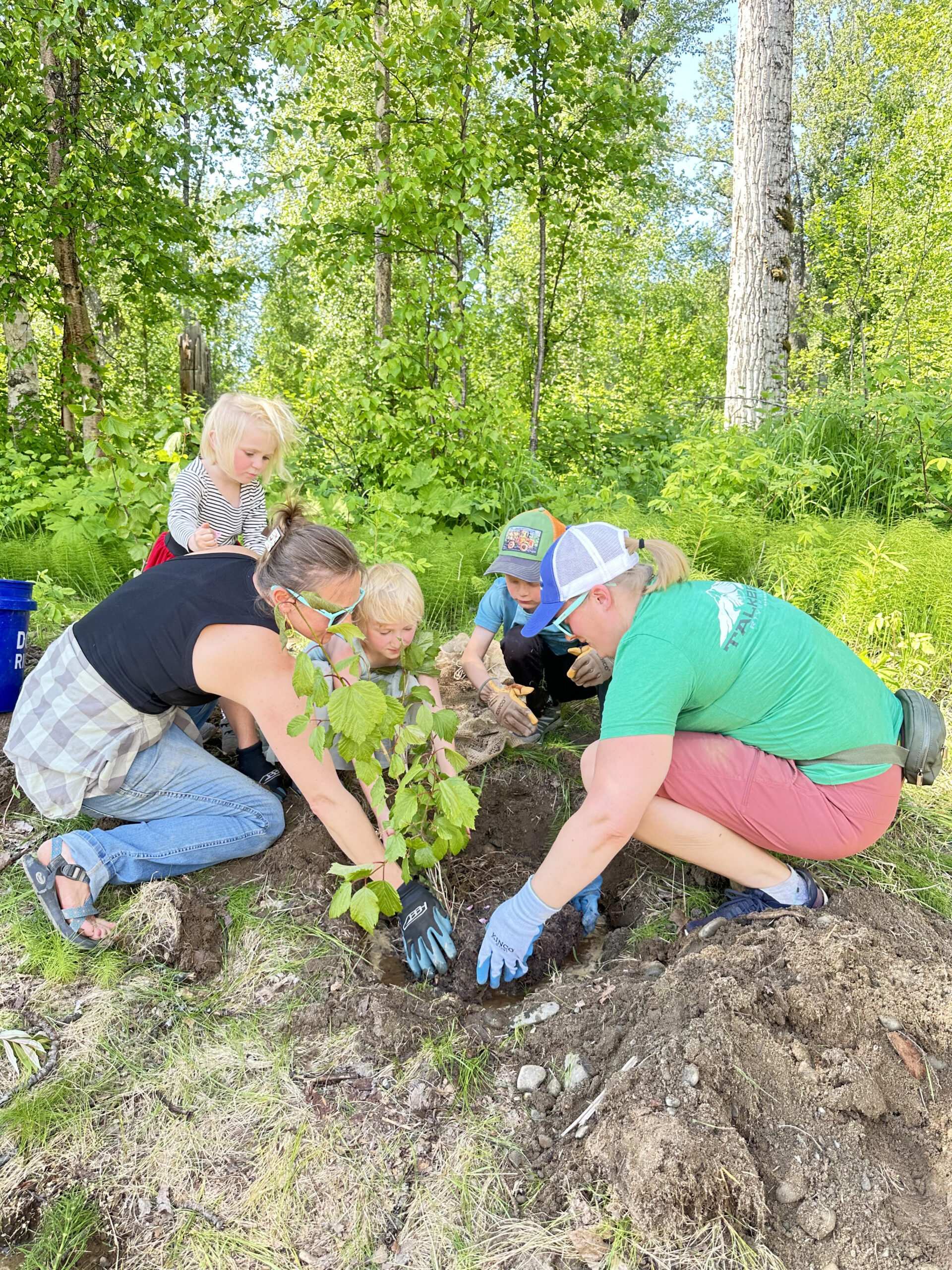The Steering Committee is the guiding body for the Partnership which brings together 66 organizations who share a vision of thriving salmon, healthy habitats, and vibrant communities in the Mat-Su. The Steering Committee ensures that the Partnership follows guidelines set forth by the National Fish Habitat Partnership and achieves goals set out in the Mat-Su Salmon Partnership Strategic Action Plan.
One Steering Committee seat is reserved for a representative of a local government entity. The Partnership is currently accepting applications for this local government seat. To learn more about the operations of the Partnership see Mat-Su Salmon Partnership Structure and Operations Framework.
If you are interested, please send a letter explaining why you want to join the Steering Committee and what you can do to help the Partnership achieve its goals. Send the letter to Jessica Speed (jessica.speed@tu.org) by February 21, 2022.


